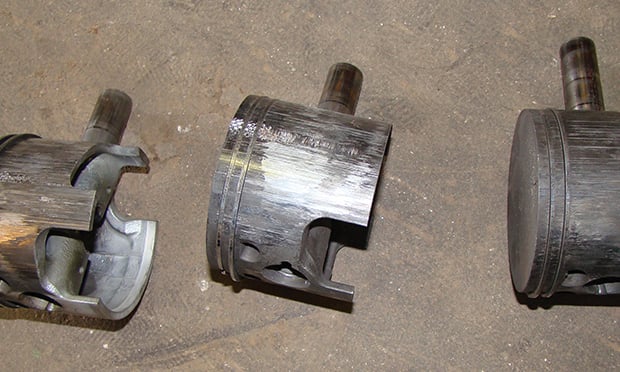 Figure 1. Sugar contamination results in a number of different issues. These are severely scoured pistons. (Photo: C. Roberts)
Figure 1. Sugar contamination results in a number of different issues. These are severely scoured pistons. (Photo: C. Roberts)
It is not unusual to have a claim asserting that an engine failure is a result of sugar contamination due to an act of vandalism. Sugar (glucose) contamination of the engine oil causes a lack of proper lubrication and engine failure. Sugar contamination can also cause damage to fuel injectors or fuel filters. The following case study illustrates details of an analysis of claimed vandalism by sugar contamination in an engine.
Recommended For You
Want to continue reading?
Become a Free PropertyCasualty360 Digital Reader
Your access to unlimited PropertyCasualty360 content isn’t changing.
Once you are an ALM digital member, you’ll receive:
- Breaking insurance news and analysis, on-site and via our newsletters and custom alerts
- Weekly Insurance Speak podcast featuring exclusive interviews with industry leaders
- Educational webcasts, white papers, and ebooks from industry thought leaders
- Critical converage of the employee benefits and financial advisory markets on our other ALM sites, BenefitsPRO and ThinkAdvisor
Already have an account? Sign In Now
© Touchpoint Markets, All Rights Reserved. Request academic re-use from www.copyright.com. All other uses, submit a request to [email protected]. For more inforrmation visit Asset & Logo Licensing.







